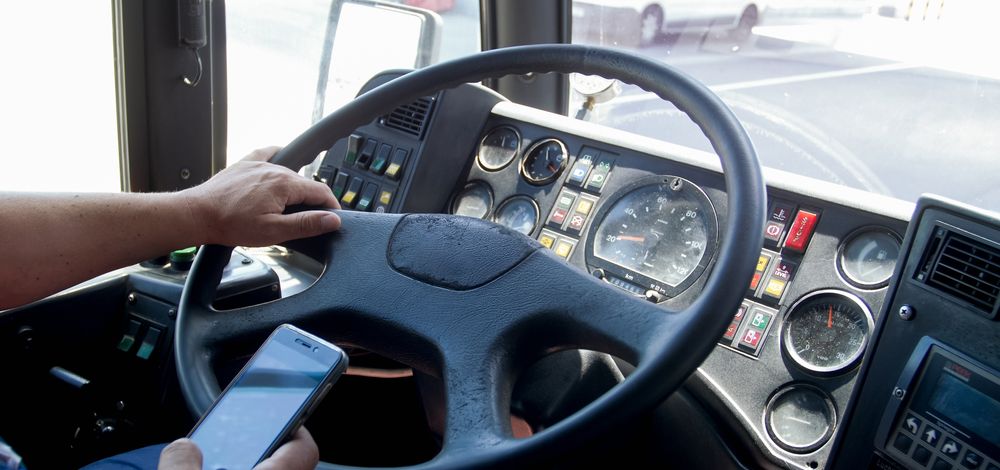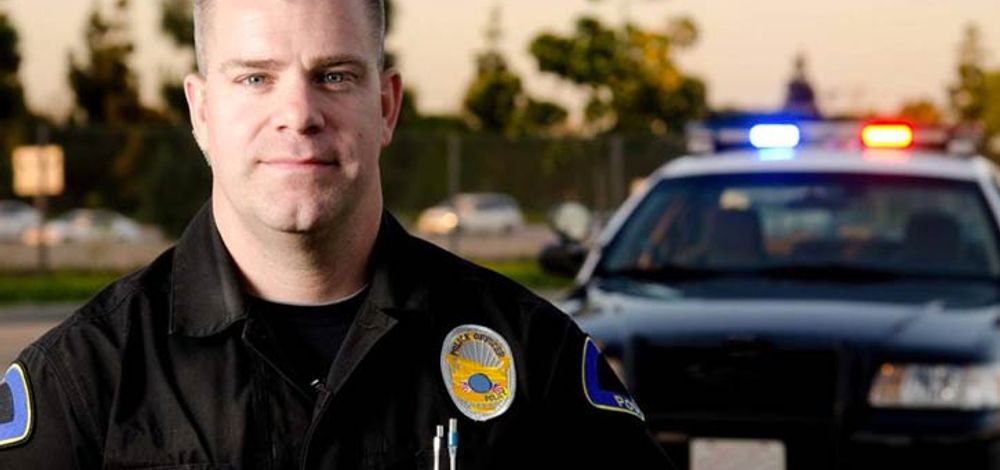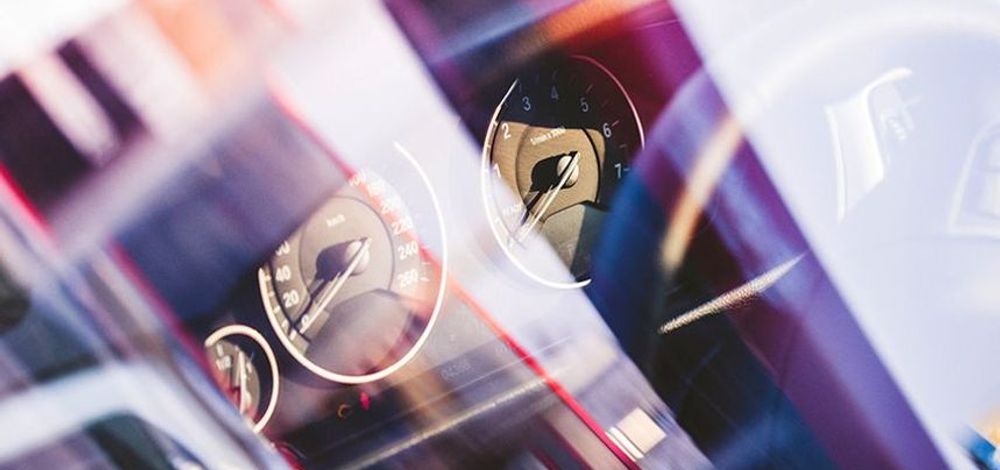
You’re probably familiar with the situation: you’re driving along when you hear the familiar buzz or ding of an incoming message. You know not to use your phone while driving but you glance down just to see if it’s something important. Congratulations, you’re a distracted driver. Even if you don’t answer the phone or reply to the message, a distraction can be anything that takes your eyes or mind off the road. For professional drivers who spend hours on the road, the distractions can mount, leading to potentially disastrous consequences.
In our last post, we defined distracted driving and discussed the dangers to drivers and other vulnerable road users every day. To continue our Distracted Driving Awareness Month messaging, we want to give our readers actionable ways to combat distracted driving. We continually hear from fleet and safety managers that fighting these dangerous behaviors has become a huge priority to reduce costs and prevent damage and injuries on the job.
So, what can be done?
1. Lock it: There is little doubt that the device most likely to distract drivers is their cell phone. So much of our lives revolves around this little piece of hardware that it’s hard to imagine going hours without looking at it. In the spirit of “out of sight, out of mind,” encourage drivers to lock away their cell phones in the glove compartment while driving. Certain devices exist to enforce this rule that will prevent a vehicle from starting until the operator’s phone is locked away.
2. Hands-Off: Because locking up a phone isn’t always practical or realistic, another option is equipping vehicles with a hands-free device, allowing drivers to make necessary calls with minimal distraction. Of course, these devices are less than a perfect solution. In one study, the AAA found that drivers can remain distracted for 27 seconds after making a call, even with a hands-free device, or after doing something as simple as changing radio stations.
3. There’s an App for That: A number of apps have been developed to help stop distracted driving. In general, these apps prevent drivers from using their phones while in a moving vehicle, blocking calls and texts until the vehicle stops. Of course, these apps rely on the drivers’ willingness to use them, which can be difficult if drivers don’t see the value in certain policies. That’s why the next step is so important.
4. Education: Rarely do solutions work without the drivers’ cooperation and the best way to work with drivers is to show them that distracted driving is bad for everyone through evidence-based training. Nobody wants to get in a collision, but imparting just how risky certain common behaviors are is essential to changing those behaviors.
5. Warning: According to the NHTSA, almost 80% of all collisions occur due to some form of distracted driving during the 3 seconds before a collision. Collision avoidance systems such as Mobileye 8 Connect™ play an important role in improving these statistics. When a Mobileye device’s sensors detect a dangerous situation ahead, they generate both audio and visual cues, pulling the driver’s attention back to the road and warning the driver to pay attention so that the dangerous situation doesn’t become a collision. Best of all, the Mobileye system does not rely on an unwilling or stressed driver’s co-operation in giving up their cell phone, nor does it rely on the driver to activate the system. It’s just always there, undistracted, helping to protect the driver and all those around them and complementing whatever other steps are taken to reduce both the phenomenon and the results of distracted driving.




